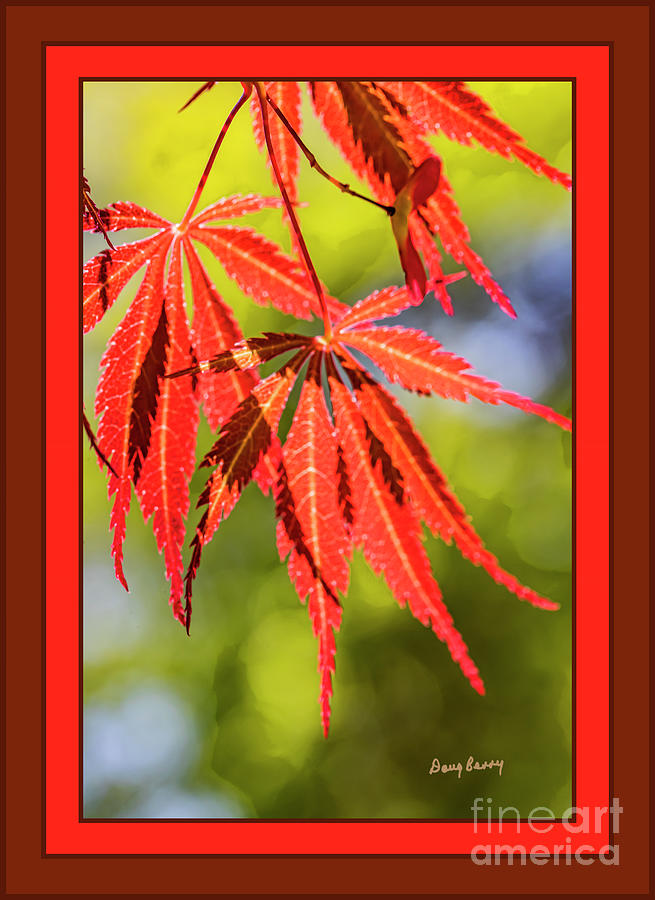
#JAPANESE FOR LEAF ON THE WIND PATCH#

"laughing mountain") – a mountain covered in flower buds shunchō (春潮) – pleasant tides of spring.haruichiban (春一番) – the first strong southerly wind of the spring."shell-gathering wind") – west wind that blows seashells ashore traditionally believed to occur on the night of the vernal equinox shunjin (春塵) – frost and snow blown into the air by the spring wind.hazy moon (朧月 oborozuki) – 朧 oboro is a type of mist that obscures the moon kanji composed of radicals for "moon" (月) and "dragon" (龍).hanabie (花冷え lit "flowers becoming cold") – chilly spring weather."clear and bright") – Fifth solar term approx. April (四月 shigatsu) – when using the solar calendar."increasing life") – Third lunar month (present-day March) shunbun (春分) – Fourth solar term approx.Lierally tra "awakening hibernating insects", when insects come out of the ground, believed to occur on the first day of the lunar month. keichitsu (啓蟄) – Third solar term approx 6 March.March (三月 sangatsu) – when using the solar calendar."wearing more clothes") – Second lunar month (present-day February) shunkan (春寒) – cold weather in early spring."rain water") – Second solar term approx. first day of spring (立春 risshun) – First solar term approx.February (二月 nigatsu) – when using the solar calendar."month of affection") – First lunar month (present-day January) Spring: 4 February – 5 May The season all spring Įarly spring (February・First lunar month) If the kigo is a Japanese word, or if there is a Japanese translation in parentheses next to the English kigo, then the kigo can be found in most major Japanese saijiki. This is a list of both Japanese and non-Japanese kigo. Each section is divided into a standard set of categories, each containing the relevant kigo.

Modern saijiki and kiyose are divided into the four seasons and New Year, with some containing a further section for seasonless ( muki) topics. A kiyose is similar, but contains only lists of kigo. An entry in a saijiki usually includes a description of the kigo itself, as well as a list of similar or related words, and a few examples of haiku that include that kigo. Japanese haiku poets often use a saijiki, a book like a dictionary or almanac for kigo. For spring, these would be:Įarly spring: 4 February – 5 March (February・First lunar month) Mid-spring: 6 March – 4 April (March・Second lunar month) Late spring: 5 April – 5 May (April・Third lunar month) Saijiki and kiyose Spring: 4 February – 5 May Summer: 6 May – 7 August Autumn: 8 August – 6 November Winter: 7 November – 3 Februaryįor kigo, each season is then divided into early (初), mid- (仲), and late (晩) periods. The traditional and contemporary months are approximately one month apart from each other, with the traditional New Year falling between late January and early February. Until 1873, in the Japanese calendar, seasons traditionally followed the lunisolar calendar with the solstices and equinoxes at the middle of a season. 3.3.4 late spring (April・Third lunar month).3.3.3 mid-spring (March・Second lunar month).3.3.2 early spring (February・First lunar month).3.2.4 late spring (April・Third lunar month).3.2.3 mid-spring (March・Second lunar month).3.2.2 early spring (February・First lunar month).



 0 kommentar(er)
0 kommentar(er)
